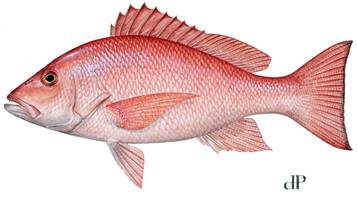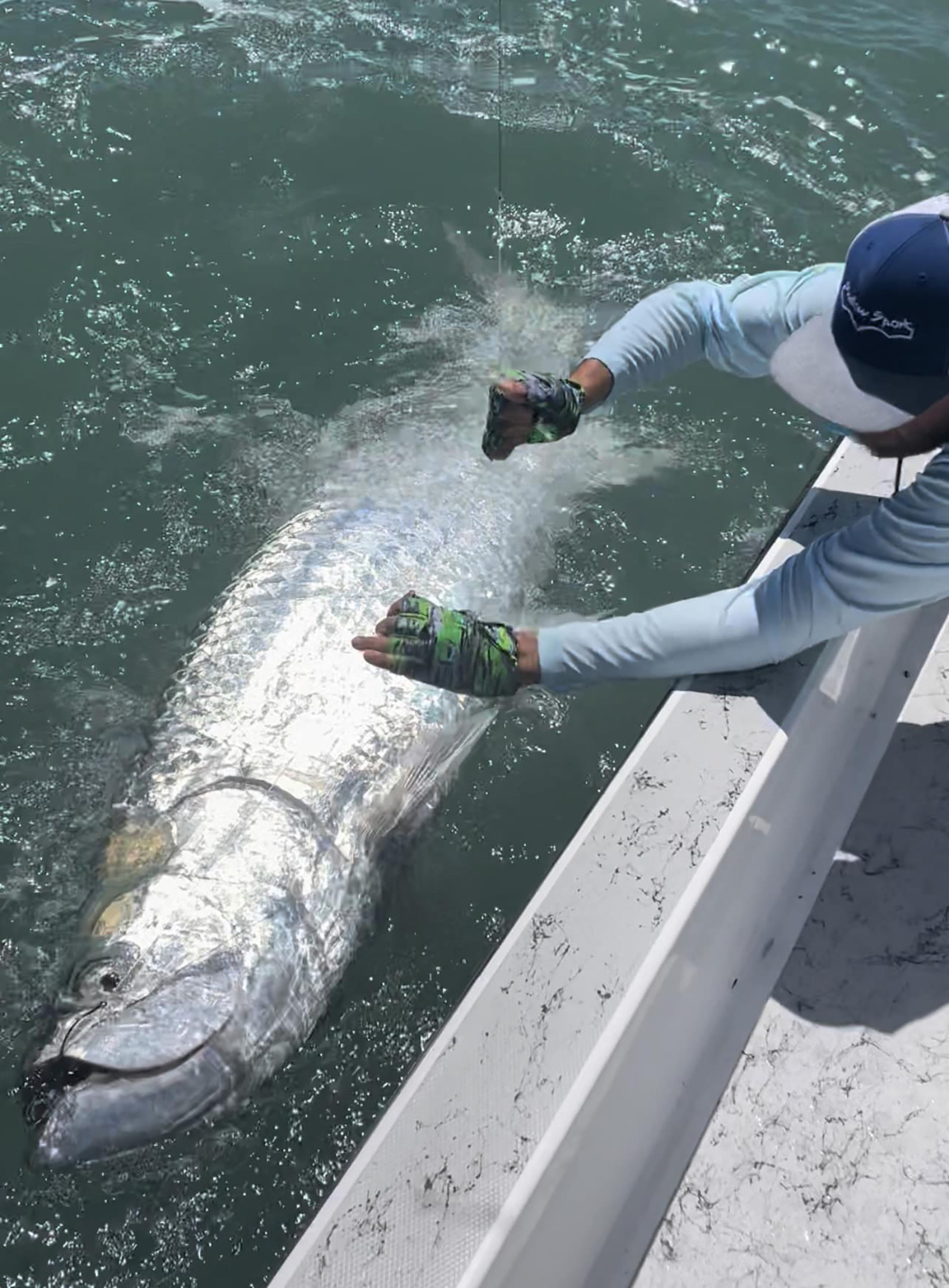The Gulf of Mexico Fishery Management Council on Thursday voted to enact an emergency rule gutting the recreational red snapper season and allowing only an 11-day summer framework.
The daily bag limit of two fish per person and minimum size requirement of 16 inches are unchanged.
The council in December set a 40-day recreational red snapper season.
The council had asked the National Marine Fisheries Service to implement an emergency rule that establishes a 20 percent buffer on the 5.39 million-pound recreational quota. That buffer, which provides a low probability that the quota will be exceeded, resulted in a recreational annual catch target of 4.312 million pounds, and the 11-day red snapper season.
The 11-day season takes into consideration the incompatible state seasons and bag limits adopted by Texas, Louisiana and Florida. The council also voted to withdraw a framework action submitted in February that would rescind the Amendment 30B permit provision, which requires vessels with federal charter vessel/headboat permits to abide by federal regulations if more restrictive when fishing in state waters.
Council members said that their vote was forced by a U.S. District Court judge’s decision on March 27 that sided with a group of commercial fishermen who said that the federal management system of red snapper violates standards in the Magnuson-Stevens Act which guides national fishery management.
The judge ruled that the National Marine Fisheries Service violated the law when it allowed the recreational sector to regularly exceed its quota without holding the sector accountable for those overages. The judge also said the Fisheries Service did not use the best available science in 2013 when it approved a 14-day fall recreational red snapper season despite the fact that its own program data seemed to indicate the sector had exceeded its 2013 quota by more than 60 percent during a 28-day June season.
Red snapper issues have been contentious in recent years, including last year when Texas, Louisiana and other Gulf states pushed back against proposed federal rules on red snapper, urging that snapper regulation be left up to the discretion of states, citing scientific research supporting the stance. Gov. Rick Perry and other Gulf state governors also sent a letter to Congressional leaders, stating that federal management of Gulf red snapper is evidence of a system that is “irretrievably broken,” and called for passage of legislation that would replace it with a coordinated Gulf states partnership for red snapper management.
In Texas, federal waters begin nine nautical miles from the coast and extend 200 nautical miles.
NOAA Fisheries previously announced a rule increasing the allowable catch for red snapper from 8.46 million pounds to 11 million pounds. The recreational quota increased from 4.145 million pounds to 5.39 million pounds and the commercial quota increased from 4.315 million pounds to 5.61 million pounds. The increased quota is the highest catch level the council can set without having to decrease the figure in subsequent years.
In July the Gulf of Mexico Fishery Management Council approved the supplemental fall snapper framework and increased the quota for commercial and recreational anglers, but managers continued to look into harvest estimates, which showed a higher figure than expected.
The length of the federal recreational season in the Gulf is determined by the amount of the quota, the average weight of fish landed and estimated catch rates over time. NOAA Fisheries is responsible for ensuring the entire recreational harvest, including harvest in state waters, does not exceed the recreational quota. Therefore, if states establish a longer season or a larger bag limit for state waters than the federal regulations allow in federal waters, the federal season must be adjusted to account for the additional harvest expected in state waters.
More than 95 percent of the red snapper landed in Texas come from federal waters, according to TPWD figures. Most of that catch – about 80 percent – comes from head boats, also known as “party boats,” which take out numerous paying clients offshore. These boats account for roughly 200,000 angler fishing trips annually, according to TPWD figures.
In 2012 the snapper season in federal waters throughout the Gulf was 46 days. Because snapper stocks are doing well and growing in the Gulf, snapper fishing is allowed 365 days a year in Texas state waters and 88 days in Louisiana state waters.
The bag limit in Texas waters is four fish, at least 15 inches long, with a year-round season.
The method for calculating the dates for the federal season for each state are available online.






















